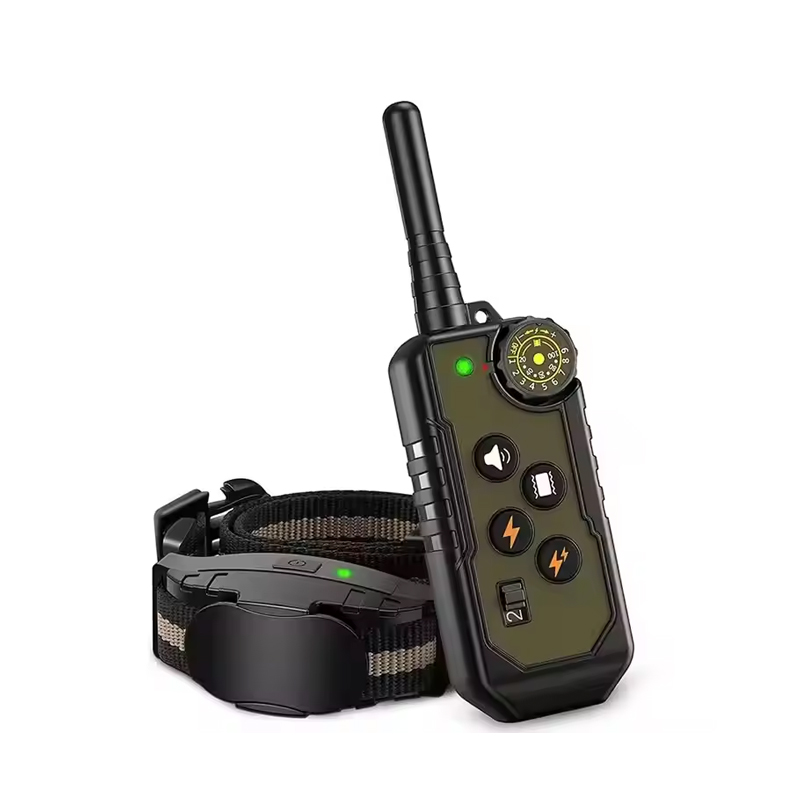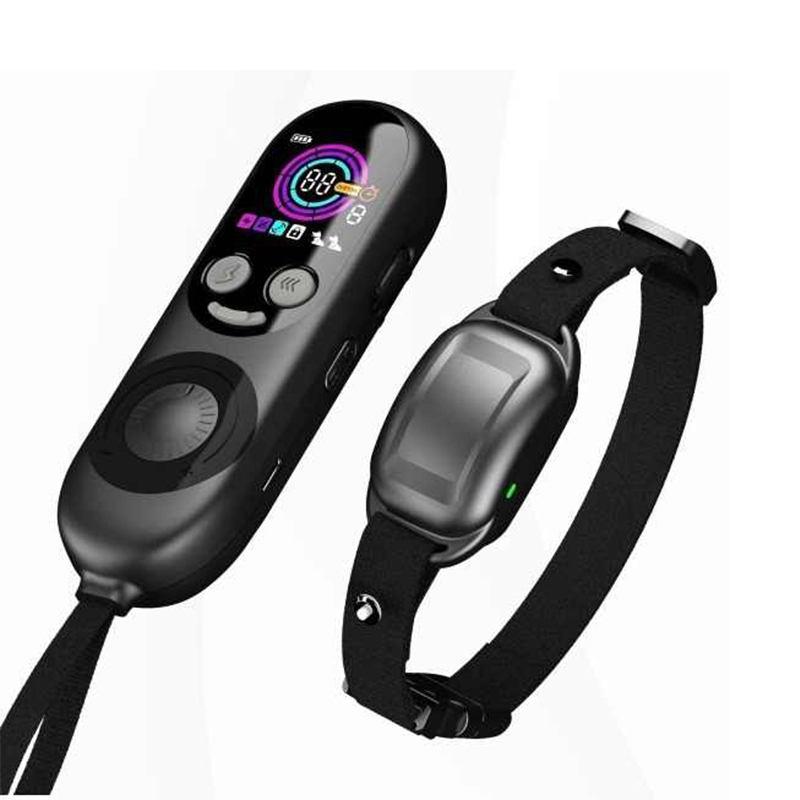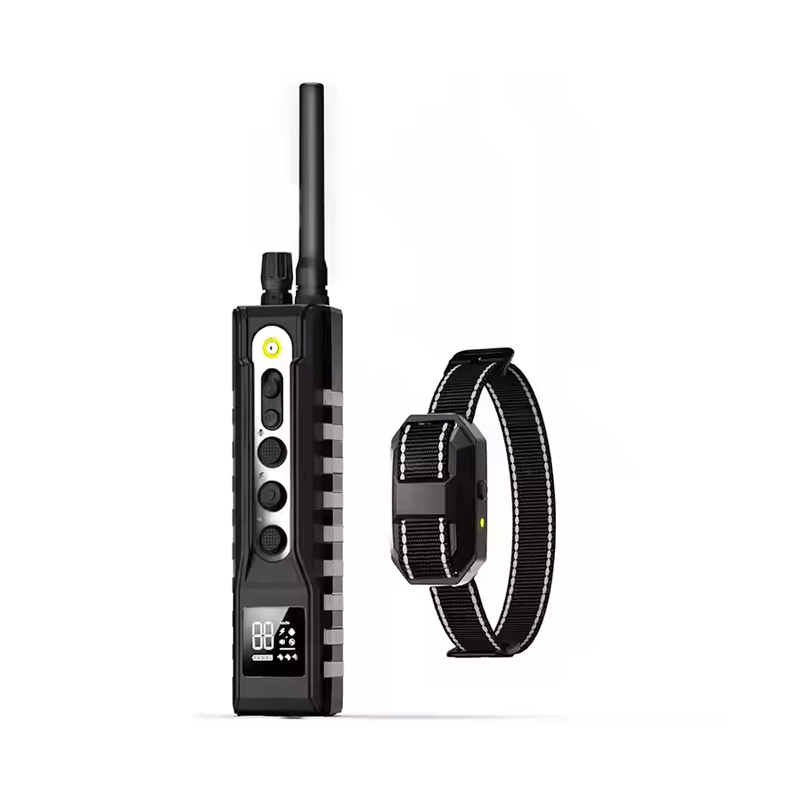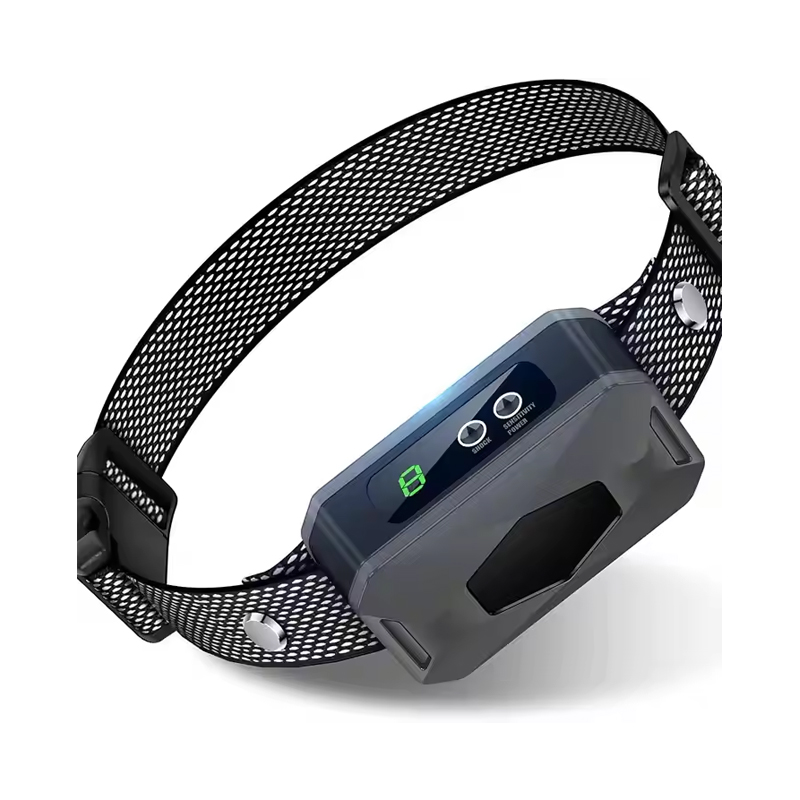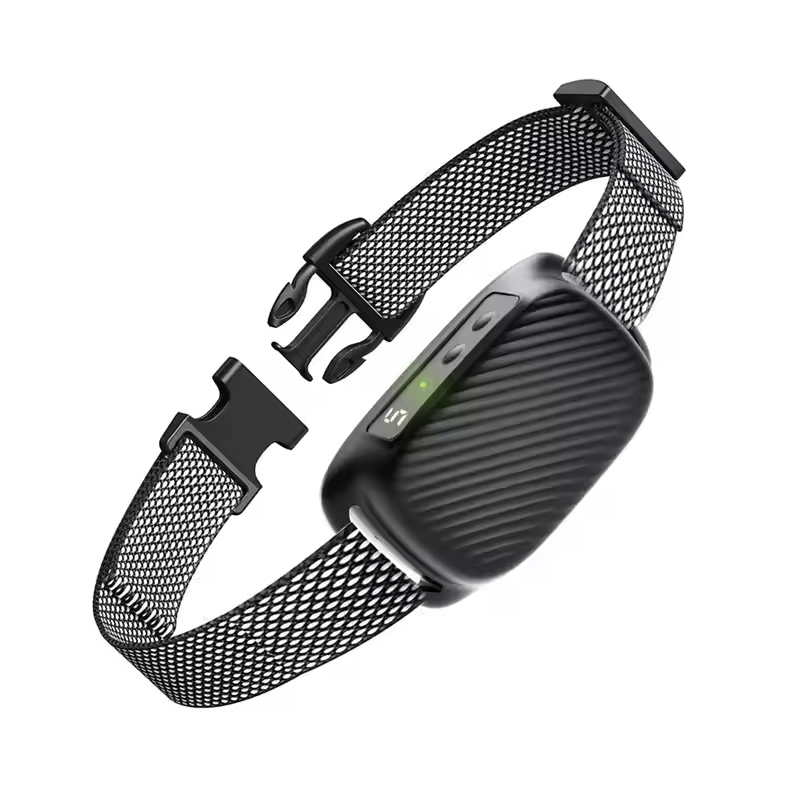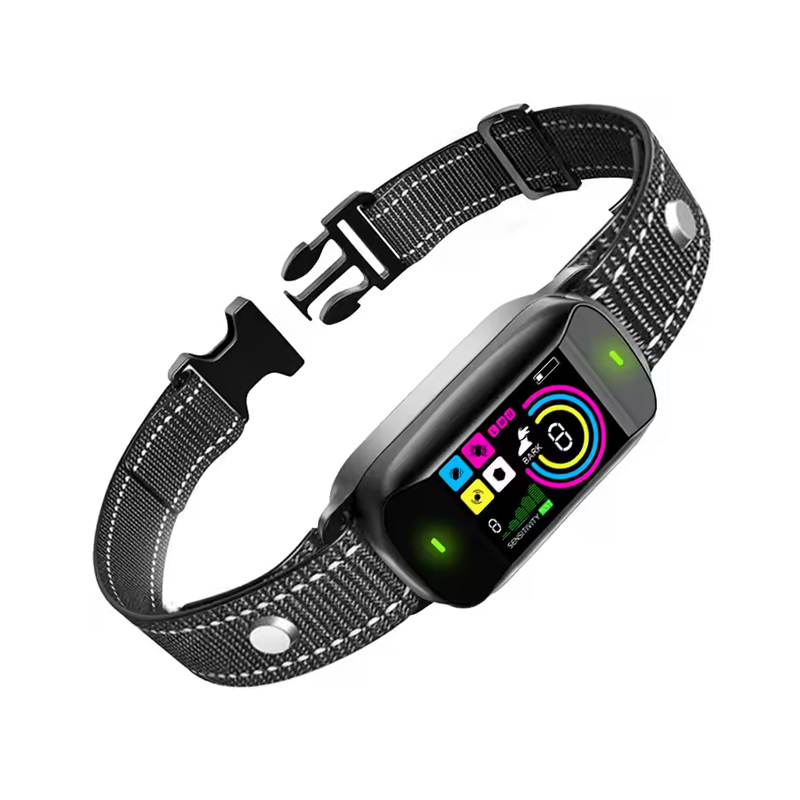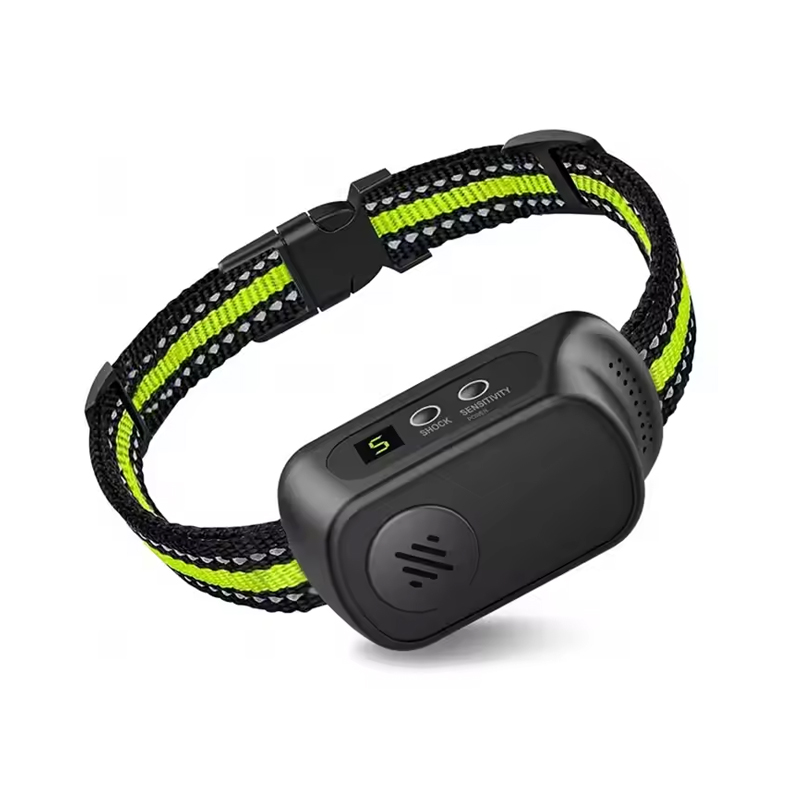- Type:
- Industry News
- Date:
- 2025-04-11
Silicone vs. Plastic Slow Feeders: Which Is More Durable and Hygienic?
As the pet industry continues to evolve, the quest for the great feeding solution for our furry companions remains a top priority. In particular, silicone puppy feeders and slow feeders have become a popular choice among pet owners seeking to promote a healthier eating habit for their dogs. But how do these silicone slow feeder dog bowls compare to their plastic counterparts in terms of durability and hygiene?
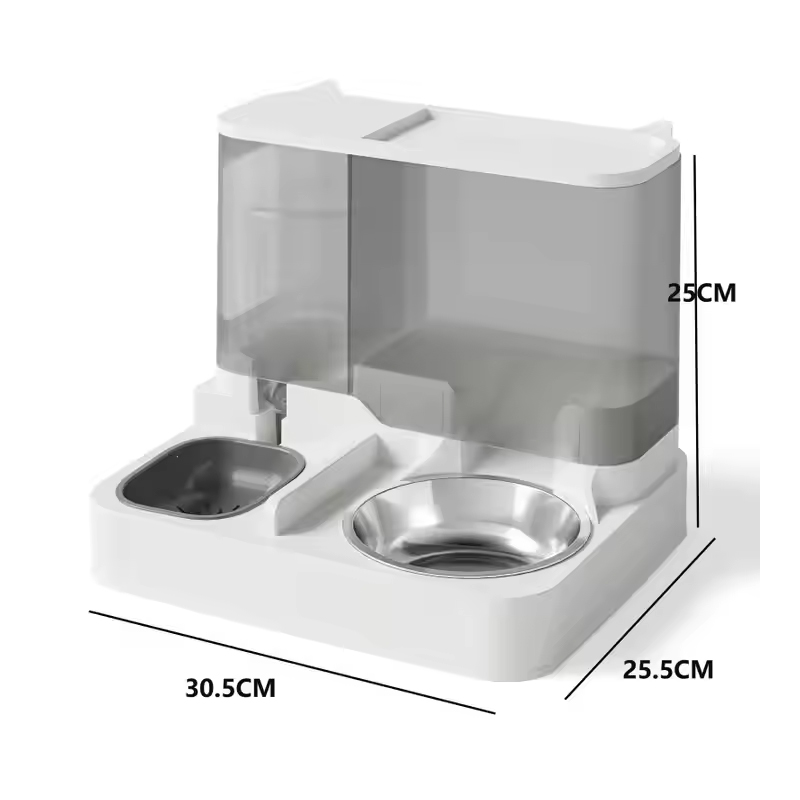
Silicone puppy feeders have been gaining traction in the market due to their unique properties. Known for their flexibility, ease of cleaning, and resistance to bacteria, silicone slow feeders are becoming a staple in many households. The non-porous nature of silicone makes it an ideal material for silicone slow feeder dog bowls, as it prevents the growth of bacteria and mold, ensuring that your pet's food remains fresh and uncontaminated. Moreover, the soft texture of silicone is gentle on your dog's teeth and gums, reducing the risk of injury during feeding.
When it comes to durability, silicone slow feeders stand out. These bowls are designed to withstand the test of time, as they do not crack, chip, or break easily. The resilience of silicone is a significant advantage over plastic, which can become brittle and break with regular use or exposure to temperatures. Silicone slow feeder dog bowls can be dropped, banged, and even left outdoors without the fear of them shattering, making them a practical choice for pet owners with active or clumsy pets.
While plastic slow feeders have been a traditional option for many pet owners, they do come with their own set of challenges, particularly when it comes to hygiene. Plastic bowls can harbor bacteria, especially in the small grooves and scratches that develop over time. This can cause a buildup of harmful microorganisms, which can be detrimental to your pet's health. Additionally, plastic is not as easy to clean as silicone, as food particles and stains can cling to the surface, further exacerbating the hygiene issues.
In a direct comparison, silicone slow feeder dog bowls have a clear edge over plastic in terms of hygiene. The smooth surface of silicone is easier to clean and dries quickly, reducing the likelihood of bacterial growth. Furthermore, silicone does not absorb odors or stains, unlike plastic, which can retain smells and discolor over time. This means that silicone puppy feeders and slow feeders maintain their appearance and cleanliness longer than their plastic counterparts.
Another factor to consider is the environmental impact of these materials. Silicone is a more sustainable choice, as it is made from natural ingredients and can be recycled. Plastic, on the other hand, is derived from petroleum and is not biodegradable, contributing to environmental pollution and waste. By choosing silicone slow feeder dog bowls, pet owners can also make a positive impact on the environment.
Silicone slow feeders, including silicone puppy feeders and silicone slow feeder dog bowls, offer outstanding durability and hygiene compared to plastic slow feeders. Their non-porous nature, resistance to bacteria, and ease of cleaning make them an ideal choice for pet owners seeking a healthy and long-lasting feeding solution for their pets.


